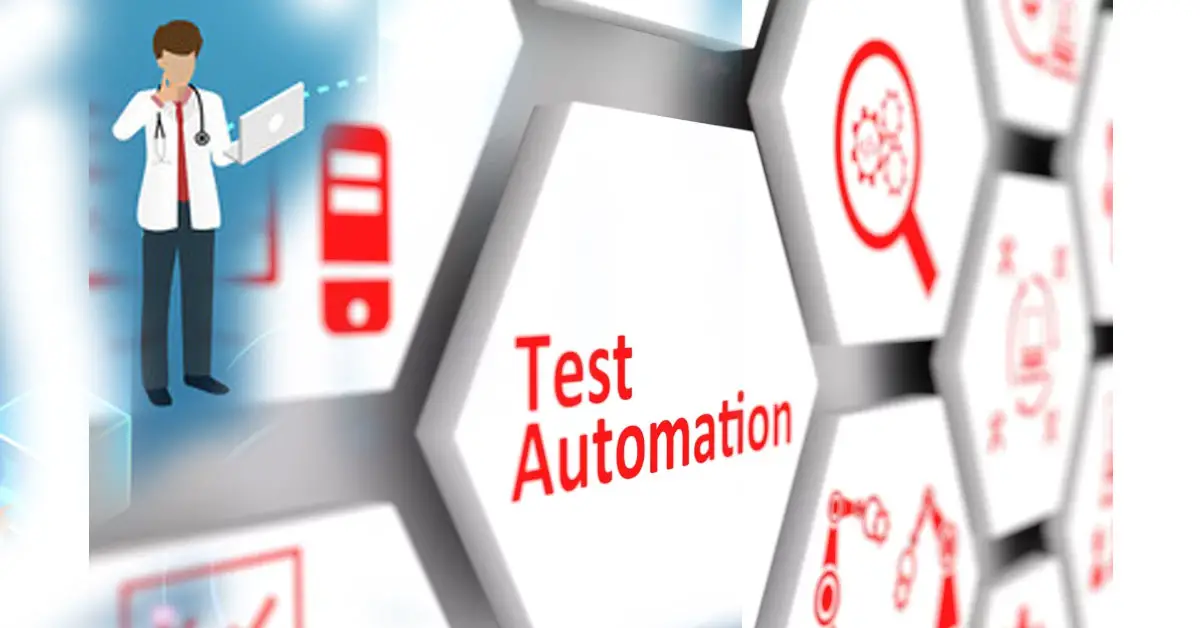New technologies are being quickly adopted by the healthcare sector in an effort to enhance patient care, save expenses, and simplify operations. Test automation is one piece of technology that is increasingly indispensable for healthcare institutions. Here are five strong arguments in favor of test automation for healthcare organizations:
1. Improves Software Quality
Test automation allows for more rigorous, thorough and frequent testing that is extremely beneficial for healthcare software quality. Unlike manual testing which is slow and limited, automated tests can run 24/7 without supervision. This enables executing vast suites of automated regression tests repeatedly and continuously. For example, thousands of patient record CRUD tests can be run hourly to validate no regressions were introduced.
Complex scenarios like drug interactions across prescriptions can also be tested automatically. Bugs and defects, including edge cases that might be missed during sparse manual testing, are caught early. Issues are logged, developers notified and fixes implemented promptly before they impact end users. This level of robust, automated testing is impossible with manual testing alone. Healthcare systems involve life-critical functions so the improved quality from rigorous automated testing reduces defects and enhances patient safety and health outcomes.
2. Increases Efficiency
Manual testing requires significant time and human effort. Testers must run the same test steps over and over again manually. Automated tests perform those repetitive test steps autonomously without human intervention. This enables test execution that is faster, cheaper and less prone to human error. Testers are freed from boring, repetitive tasks to focus on more creative, challenging scenarios that require human intelligence. The efficiency gains also facilitate more frequent regression testing on every code change. This catches regressions early, before they impact end users. Automated testing provides rapid feedback to developers and testers boosting efficiency.
3. Enables Shift Left Testing
Test automation enables shifting testing earlier in the development lifecycle rather than just at the end. With automated tests, validation can start right from the requirements phase even before any code is written. Developers use specifications to create automated checks that verify expected system behavior. This “shift left” testing builds quality in right from the start and prevents defects from occurring in the first place. Issues are caught and fixed very early when they are cheapest to rectify. This reduces rework costs and results in faster delivery of higher quality software. Shift left testing only works well when test automation is adopted.
4. Improves Test Coverage
Automated testing makes it economical to run very large test suites covering a wide range of scenarios. Thorough test coverage is essential for complex healthcare systems to ensure safety, reliability and robustness across different use cases. Comprehensive test automation coverage is difficult to achieve with manual testing alone.
5. Facilitates Regulatory Compliance
Healthcare solutions must adhere to strict regulatory requirements. Test automation helps address compliance needs by executing consistent, repeatable and well-documented testing to meet guidelines and standards. Automated tests can be scheduled to run as part of nightly builds to continually validate compliance as the system evolves.
Conclusion
Test automation expedites feedback delivery, boosts productivity, raises quality, permits earlier testing, and expands test coverage. People’s lives and health are entrusted to the healthcare sector. Opkey provides a no-code test automation platform that is ideally suited for healthcare organizations looking to improve software quality through rigorous testing. By automating testing of Oracle Cloud applications with Opkey, healthcare teams can achieve continuous testing of all updates and changes without writing any code. This ensures patient safety critical software performs as expected at all times.

